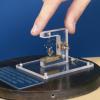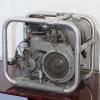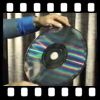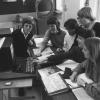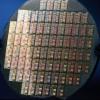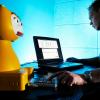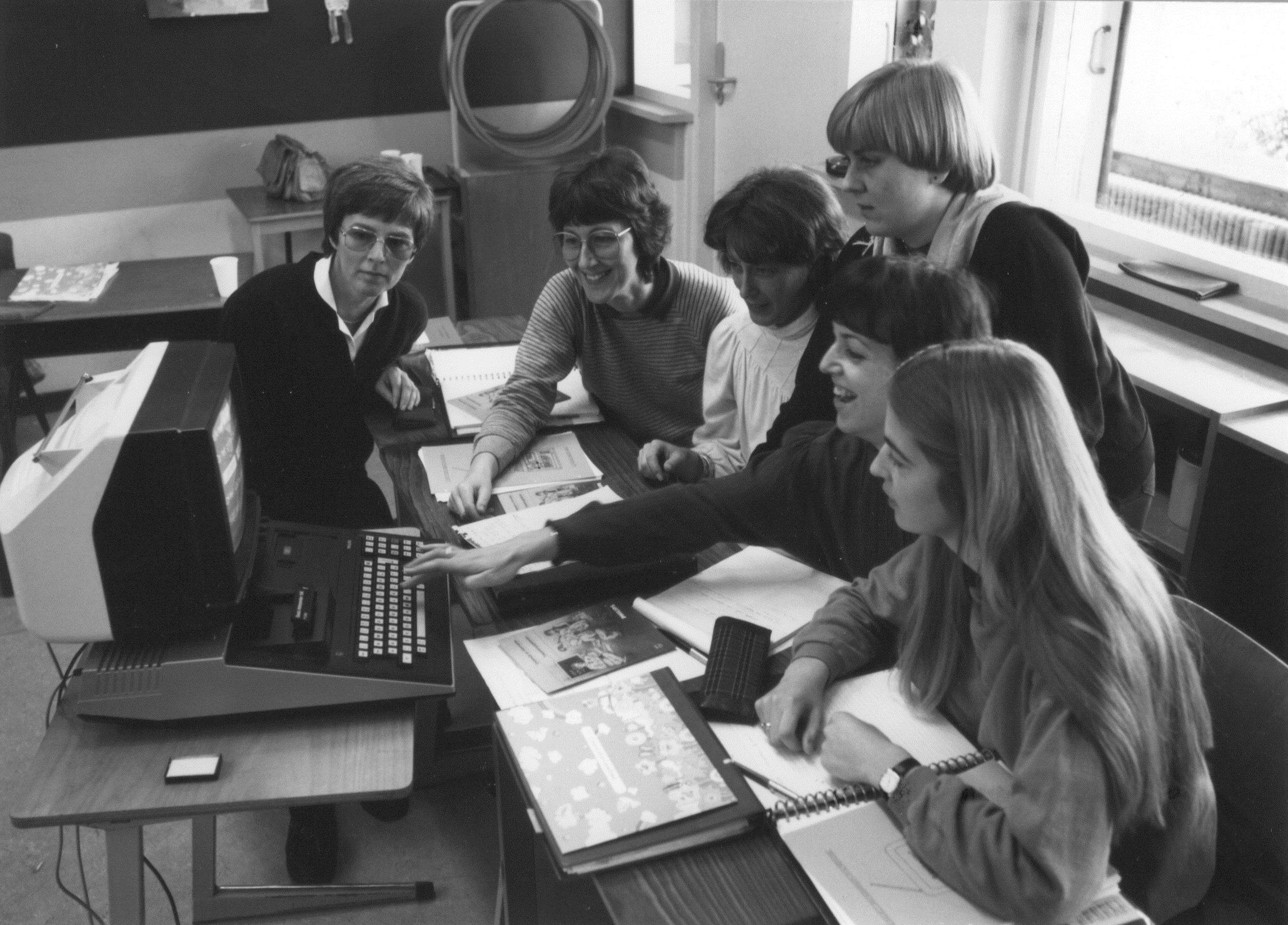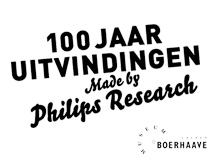Pioneering with PCs
Philips became a personal computer pioneer somewhat unexpectedly, partially because of primary and secondary school education programs in the 1980s that focused on a new information society.
While Europe experienced a severe economic crisis, characterized by the closing off of traditional manufacturing industries and soaring unemployment numbers, Western European countries prepared for the coming of the information society. Society would be transformed. Whereas new education programs focused on this transformation, national funds aimed to improve the international competitiveness of the computer industries.
Micro-computers became the symbol for this transformational information society, and Philips was a pioneer in this area. Its American subsidiary Magnavox developed the Videopac, while its video recorder department in Vienna built the P2000 computer. Both could be programmed via keyboards, allowing anyone to explore the world of computers.
Philips brought the P2000 to Eindhoven. The Philips P2000 Computer club, consisting of NatLab employees, enthusiastically developed applications for its introduction into the market.
In 1982, Philips managed to link its P2000 to Dutch computer education experiments at primary and high schools. From 1987 onwards, Philips, Tulip, and IBM supplied computers for educative purposes. The choice fell in favor of personal computers. In the Netherlands, the Philips computers were reasonably successful.
Unfortunately, international overproduction and competition put a stop to this progress. Losses on its computer activities in the early 1990s forced Philips to cut down its activities and stop producing personal computers.
 Previous Story
Next Story
Previous Story
Next Story
How to cite this page
Frank Veraart, 'Pioneering with PCs ', Inventing Europe, http://www.inventingeurope.eu/philips/pioneering-with-pcs
Sources
- Frank Veraart, Vormgevers van Persoonlijk Computergebruik, de ontwikkeling van computers voor kleingebruikers in Nederland, 1970-1990, Stichting Historie der Techniek, Eindhoven, 2008
- Guus Bekooy, Philips Honderd, een industriële onderneming 1891-1991, Europese Bibliotheek, Zaltbommen, 1991
- http://www.openimages.eu/media/22208/Tentoonstelling_mens_en_computer





